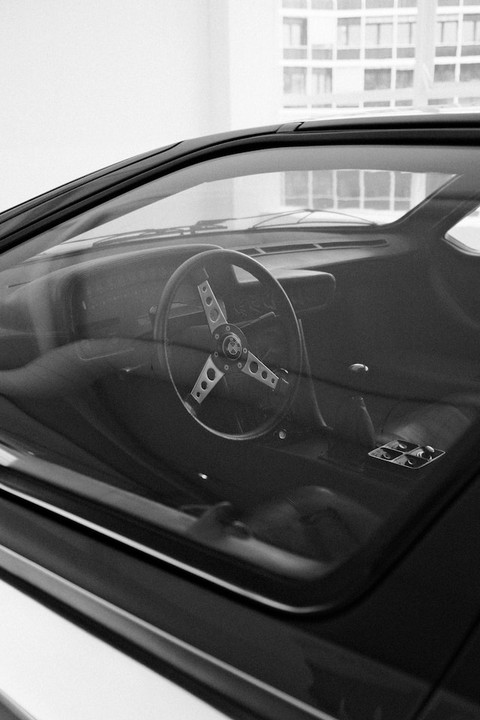Improve vehicle performance by Weight Reduction!
Did you know one of the easiest performance enhancements you can do to your vehicle would be by simply reducing it's weight? That may sound silly, but every 10-20lbs you reduce from your vehicle can translate into 1HP! Not only will reduced weight help with acceleration, but your handling and braking will be improved. Think about it, some of the most expensive cars in the world are made out of carbon fiber and exotic metals.
Imagine gaining HP without spending a dime!
Now let's face it, you will have limitations on what can be removed for free without replacing it with something of lower weight, but 50-100lbs free from most vehicles is possible almost free. Granted it could make your vehicle look strange, but if you are racing, that should not bother you.
Step 1: Looking for objects in your vehicle you never use or is something you can put in your garage or apartment. Examples include tool kits, air compressors, user manuals etc...
Step 2: Remove your rear seats if you never use them. Look in the trunk for carpet, panels and spare tires. (Make sure you have AAA or similar service in case you get stranded)
Step 3: Don't fill up your tank, fill up half way and fill up more often, gas is heavy!
Step 4: Next time you change your battery, choose a lower weight one. Deep cycle batteries or lithium ion batteries weight less but of course cost more!
Step 5: Remove sound deadening under the hood or trunk as well as sound deadening used in other portions of your vehicle. Keep in mind once you remove this its going to be hard to put back so think it through. Many vehicles use tar type substance which is pretty heavy and can save you 5-10lbs easy.
Step 6: Next time you change tires or wheels, choose a lower weight tire. You can look up the weight of the tire or wheel you are purchasing. Typically Michelin tires are of less weight and once again but cost more!
Step 7: Remove your secondary cats and replace with test-pipes. The secondary cats usually won't cause check-engine lights and are used for engine warming up period. Check your local laws before you make any emission modifications.
Step 8: If you do change your muffler, choose an aftermarket one which typically will be louder but of less weight too.
Step 9: Choose an aftermarket air intake vs factory air boxes which usually weight more
Step 10: Carbon fiber parts and Titanium bolts. This will get expensive, but depending on the vehicle there could be interior trim, doors to hoods and fenders available that can save you substantial weight. Carbon fiber parts typically will save you 2/3 in weight and Titanium at least 50%.
EXPLORE POPULAR ARTICLES
-
Unlocking Performance: Air Intakes and Stage 1 Performance Chips for Chevy Camaro
Oct 22nd 2024The Chevy Camaro is a legendary muscle car known for its aggressive styling and powerful engines. Ho
-
Intake for Jeep Grand Cherokee 3.6L 2011-2015
Jun 25th 2024Unleashing Power: The Cold Air Intake for 2011-2015 Jeep Grand CherokeeIf you own a 2011-2015 Jeep G
-
Air Intakes for F250 F350 Super Duty
Mar 26th 2024When it comes to maximizing the performance of your Ford F250 or F350 Super Duty, one often overlook






